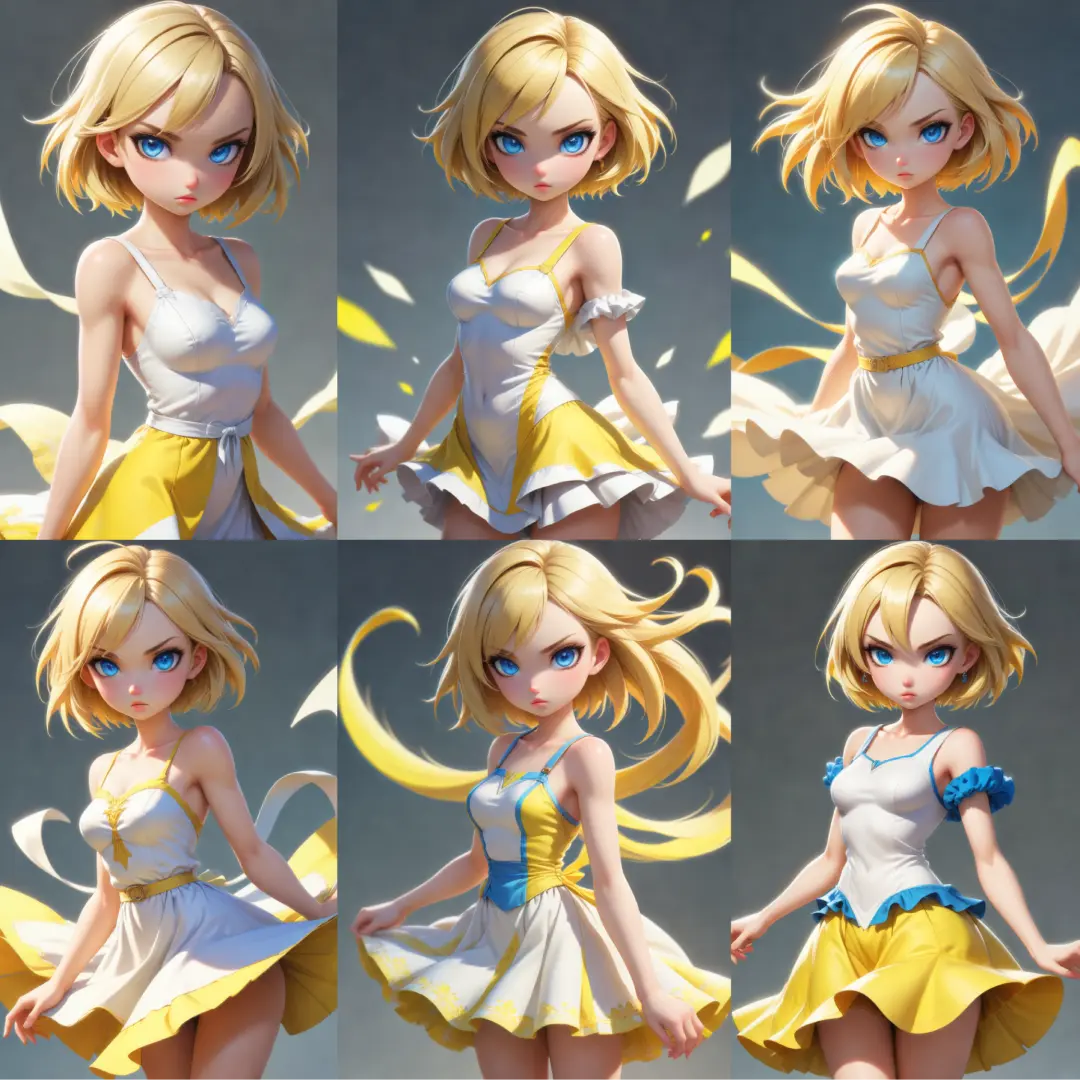ComfyUI Node: FL Image Pixelator
FL_ImagePixelator
Category🏵️Fill Nodes
filliptm (Account age: 2021days) Extension
ComfyUI_Fill-Nodes Latest Updated
2025-03-25 Github Stars
0.38K
How to Install ComfyUI_Fill-Nodes
Install this extension via the ComfyUI Manager by searching for ComfyUI_Fill-Nodes- 1. Click the Manager button in the main menu
- 2. Select Custom Nodes Manager button
- 3. Enter ComfyUI_Fill-Nodes in the search bar
Visit ComfyUI Online for ready-to-use ComfyUI environment
- Free trial available
- 16GB VRAM to 80GB VRAM GPU machines
- 400+ preloaded models/nodes
- Freedom to upload custom models/nodes
- 200+ ready-to-run workflows
- 100% private workspace with up to 200GB storage
- Dedicated Support
FL Image Pixelator Description
Transform images into pixelated art with customizable scale and intensity using advanced image processing techniques.
FL Image Pixelator:
The FL_ImagePixelator node is designed to transform your images into pixelated art, providing a unique and creative effect that can add a retro or stylized look to your visuals. This node leverages advanced image processing techniques to apply pixelation, allowing you to control the scale and intensity of the effect. By adjusting parameters such as scale factor, kernel size, and modulation, you can achieve a wide range of pixelation styles, from subtle to highly pronounced. The node supports both PIL images and PyTorch tensors, making it versatile for different workflows. Whether you're looking to create pixel art, reduce image detail for artistic purposes, or simply experiment with new visual styles, the FL_ImagePixelator offers a powerful and flexible toolset to enhance your creative projects.
FL Image Pixelator Input Parameters:
image
This parameter accepts the image you want to pixelate. The image can be in the form of a PIL image or a PyTorch tensor. The node will process the image based on the provided scale factor, kernel size, and modulation settings.
scale_factor
The scale factor determines the degree of pixelation applied to the image. A lower scale factor results in finer pixelation, while a higher scale factor produces a more pronounced pixelated effect. The default value is 0.0500, with a minimum of 0.0100 and a maximum of 0.2000, adjustable in steps of 0.0100.
kernel_size
The kernel size defines the size of the kernel used in the image processing step. It affects the smoothing and blending of the pixelated image. The default value is 3, with a maximum of 10, adjustable in steps of 1.
modulation
The modulation parameter allows you to introduce a dynamic variation in the scale factor, creating a modulated pixelation effect. This can add an interesting visual rhythm to the pixelation. The default value is 0.0, with a minimum of 0.0 and a maximum of 1.0, adjustable in steps of 0.01.
FL Image Pixelator Output Parameters:
image
The output parameter is the pixelated image, which retains the same format as the input (either a PIL image or a PyTorch tensor). The pixelated image reflects the applied scale factor, kernel size, and modulation settings, providing a transformed version of the original image with the desired pixelation effect.
FL Image Pixelator Usage Tips:
- Experiment with different scale factors to achieve varying levels of pixelation, from subtle to extreme.
- Use the modulation parameter to add dynamic variations to the pixelation, creating a more visually interesting effect.
- Adjust the kernel size to control the smoothness and blending of the pixelated image, which can help in achieving the desired artistic style.
- Combine the FL_ImagePixelator with other image processing nodes to create complex and unique visual effects.
FL Image Pixelator Common Errors and Solutions:
Image type not supported
- Explanation: The input image is neither a PIL image nor a PyTorch tensor.
- Solution: Ensure that the input image is either a PIL image or a PyTorch tensor before passing it to the node.
Invalid scale factor
- Explanation: The scale factor provided is outside the acceptable range.
- Solution: Adjust the scale factor to be within the range of 0.0100 to 0.2000.
Invalid kernel size
- Explanation: The kernel size provided is outside the acceptable range.
- Solution: Adjust the kernel size to be within the range of 1 to 10.
Modulation value out of range
- Explanation: The modulation value provided is outside the acceptable range.
- Solution: Adjust the modulation value to be within the range of 0.0 to 1.0.
FL Image Pixelator Related Nodes
RunComfy is the premier ComfyUI platform, offering ComfyUI online environment and services, along with ComfyUI workflows featuring stunning visuals. RunComfy also provides AI Models, enabling artists to harness the latest AI tools to create incredible art.


